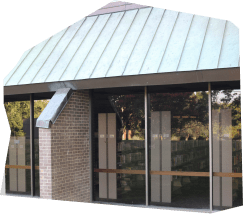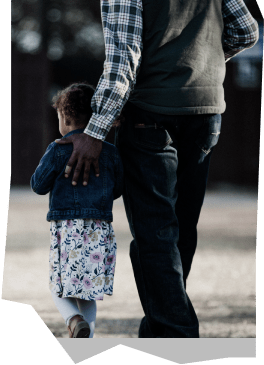Many interventions and programs have been designed to help communities overcome the barriers that stand in the way of upward socioeconomic mobility. While the effectiveness of these solutions varies, they are all intended to produce long-lasting, meaningful changes that can lead to a more prosperous and equitable society. Understanding the nuances of different programs is the first step in identifying gaps or opportunities for strengthening how our communities can work together to increase the odds of upward mobility.
If we know factors that can greatly improve a child’s chances for upward mobility, how can we use that knowledge to make decisions that maximize the odds for as many children as possible? Many interventions and programs have been designed to help communities overcome barriers, but our local governments and nonprofit organizations often lack the resources to fully invest in all interventions that work. To change this, we need to develop approaches that allow us to understand how specific initiatives, programs, or policies align to the best longitudinal research on socioeconomic mobility and how different options compare to one another.
To facilitate this discussion, we have developed two frameworks for helping different audiences make strategic decisions that align their efforts towards maximizing the odds of upward mobility in North Texas. Students, nonprofit leaders, city and local government officials, and philanthropists can use these approaches, alongside our Research Library and Data Explorer, to see how different interventions might impact the chances for upward mobility for North Texas children.
Through these two approaches, we hope to facilitate conversations between UNTD students and local organizations that can reshape how our community thinks about addressing socioeconomic mobility in their day-to-day work. We have developed two initial ways of beginning these conversations and set up worksheets that you can use to help think through these issues on your own or with a member of our team.
If you are thinking of how to assess a single program or intervention at your workplace, you’ll want to start with “Pathway One.” Anyone who administers or oversees multiple programs will want to start with “Pathway Two.”
INTERACTIVE worksheets
Pathway One
Students helping nonprofit redesign their programs to align with best practices related to increasing socioeconomic mobility
A group of students has been paired with a nonprofit organization that hopes to re-design some of its programs to ensure that they give participants the best chance of economic mobility. In this scenario, a key set of questions focuses on the different programs in place at the organization today and linking those to what we know about barriers to and drivers of upward socioeconomic mobility.
To tackle this project, the students need to answer a few questions that will help them understand if the nonprofits' programs are aligned to research on socioeconomic mobility. Asking these of each program will help them determine the degree to which this alignment exists and where small changes could be made to increase the impact of the organizations' work on increasing mobility for their clients.
Pathway Two
A local university wants to understand what it can do to address socioeconomic mobility that it isn’t already - and if it can afford to do more
To understand this approach, imagine that The University of North Texas - Dallas campus wants to understand how the services that it offers to new students, including outreach to prospective students, are likely to impact their upward mobility later in life. The administration hopes that this work can be used to identify opportunities to strengthen existing programs or develop new ones with local partners. Ultimately, the University hopes to understand how cost effective they can be while trying to increase the odds for upward mobility in their community.
To start this process, the University needs to understand how each individual program or service relates to socioeconomic mobility using the process outlined in “Pathway One.” With that step complete, more nuanced discussions can be made by answering the following questions.




